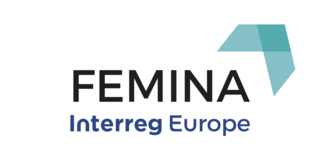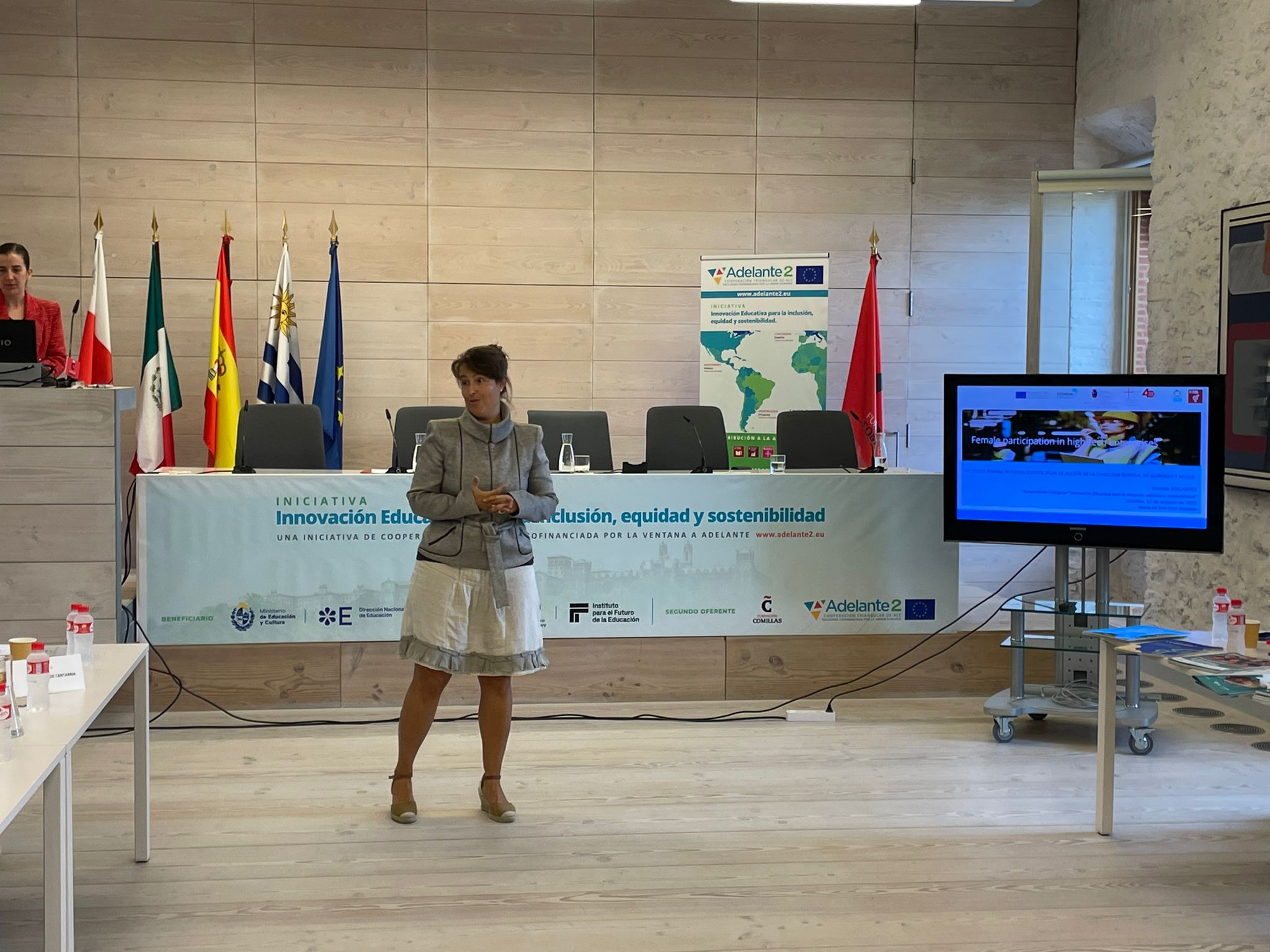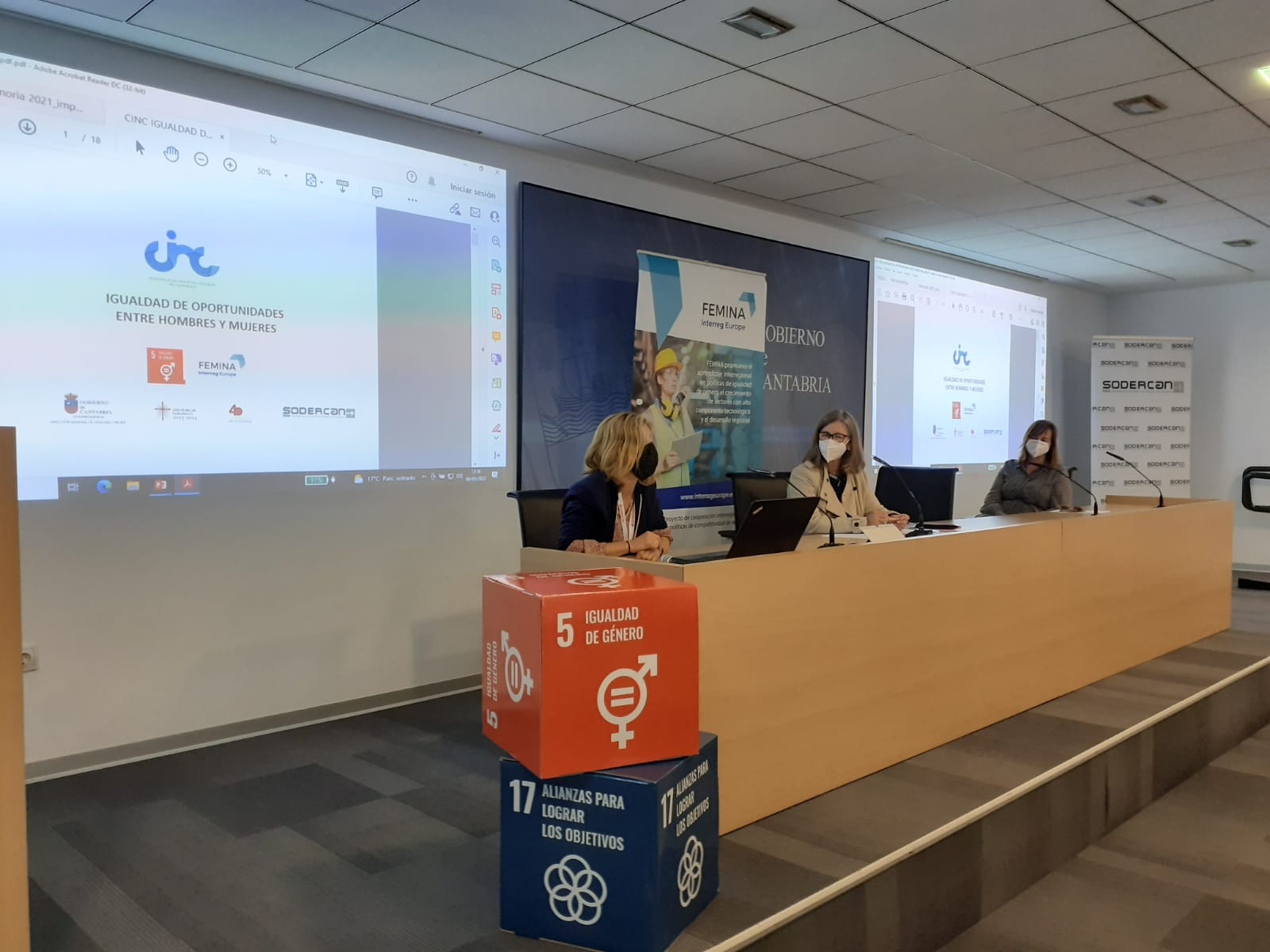Arendalsuka is a week with over 1200 seminars covering wide and small topics of relevance in Norway, and this year it marks the kick-off to the regional elections in September. Equality is an important topic during this week and women in tech has been a popular subject during some of these seminars. The Norwegian organization Girls and Technology organized a seminar called “What happens when women don’t participate in the technological development?”
The panels consisted of Kimberly Lein-Mathisen (Microsoft Norway), Ann-Sofie Risåsen (IBM Norway), Tonje Sandberg (Accenture Norway), Mari Sundli Tveit (Confederation of Norwegian Enterprise), Thea Sommerseth Myhren (Diwala), Kari Helene Partapuoli (Plan International Norway) and Morten Sørlie (Norwegian Center for Science Recruitment).
Balance is Business
We know that gender balance is good for business. Several reports in later years have shown that companies with more gender balance outperform those who don’t have gender balance. Gender balance isn’t just a social responsibility, it’s also highly profitable. So why aren’t more companies moving forward and why is the development going so slow?
Gender balance a pivotal driving force
The panelists agreed that gender balance is a pivotal driving force in moving the technology further and faster. Diversity ensures better technology and brings us closed to the solutions we need in a sustainable future. But how do we make this happen? Company culture is essential. Making equality and diversity a part of the every-day chat in the company and ensuring that company values and goals surrounding gender equality and diversity are well-known among employees is important to creating an inclusive culture. One CEO said that it’s important to be tough in recruitment processes when asked to make exceptions from having both men and women represented in the final candidates stating that exceptions for men can often become the rule. This way, she says, it’s understood that the leader really means it and it’s not just something that looks good on paper.
The importance of goals and actions
The companies on the panel were all companies with ambitious goals to achieve gender balance and diversity. When illuminating what made them succeed in this, they highlighted goals and following up on these goals as essential. Many companies have goals, but a lot of them don’t follow through on these goals. Numbers and measurements matter - If something is being measured and monitored, it will get done. Accenture highlighted their global goal of achieving a 50/50 gender balance within 2025, saying that in Norway they are currently at 37 %. As part of this work, they now have a 50/50 balance in their summer internship as this is an important part of introducing young women to the company. All panelists agree that role models are important to normalize women in tech. Women are choosing traditionally – We need to show them that there are women in tech to make them consider it.
Diverse backgrounds and motivations
Several participants in the panel pointed to introducing girls to technology at an early age. Kids are being subjected to gender stereotypes from an early age and we need to expose girls to STEM-subjects. One action referred to was the Swedish gender neutral kindergartens. Furthermore, you don’t necessarily need a background in tech to work in tech. Several competencies are sought after. Women and men have different motivations in their choice of profession. Women in tech are drawn to it because of what technology can to for society, whereas men are drawn to tech because of tech in itself. We need to recognize this to draw more women into technology, starting at a young age.
More cooperation
In their final words, the panelists applauded many actions taken at promoting girls in technology, however noting that they are isolated and that there is a lot of “silo-thinking” in this area. There is a lot to gain by cooperation to get the most out of all these actions.










